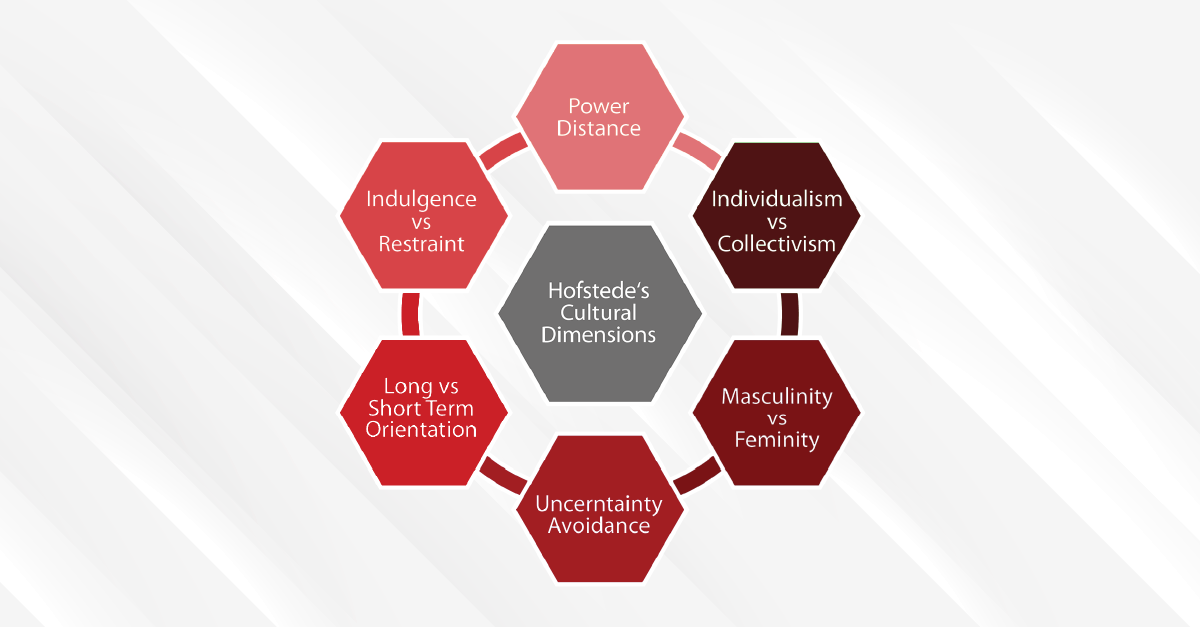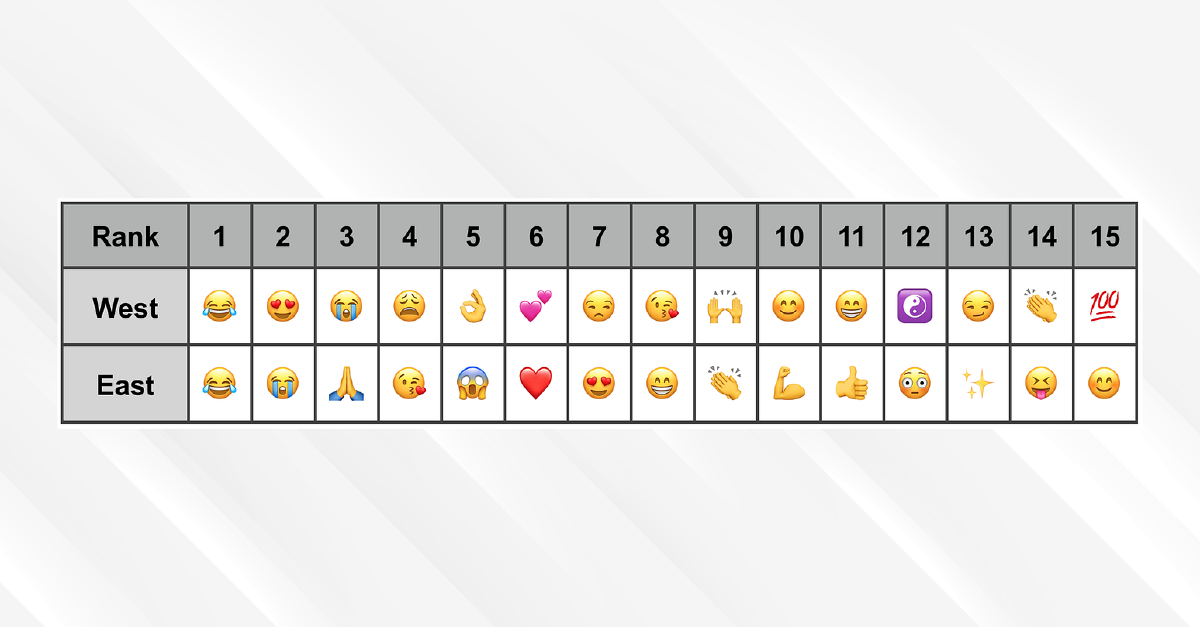What works in New York might fall flat in Tokyo. And what sparks emotion in Cairo might barely register in Berlin. That’s the problem with one-size-fits-all marketing—it overlooks what connects with people: their culture, their language, their lived experience.
Unlike multicultural marketing, which often targets ethnic marketing segments within a single country, or international marketing, which sometimes settles for surface-level translation, cross-cultural marketing goes deeper. It adapts messaging to local values, humor, customs—even colors and emotions—so it lands.
In this post, we’ll explore how real brands are moving beyond one-size-fits-all messaging by using cultural adaptation strategies, building global customer personas, and aligning with proven frameworks like the Hofstede cultural dimensions. Because when brands take the time to truly understand their audience, everyone wins.
From Cultural Market Research to Cultural Intelligence: Laying the Data Foundation
Before a single ad is scripted or a storyboard sketched, smart marketers dig into the culture behind the customer. Cultural market research, ethnographic research, and local consumer insights reveal something traditional metrics often miss: what moves people.
While surveys offer scale, it’s those deep-dive interviews and field observations that bring you face-to-face with emotional triggers, social codes, and unspoken expectations. That’s where the real gold lies—far beyond “what do you like?” and closer to why people buy, trust, and share.
To build campaigns that truly resonate, brands need cultural intelligence—the ability to translate insights into action with precision and respect.
This is where cultural due diligence earns its place. It helps teams spot risks, avoid embarrassing (and expensive) missteps, and enter new markets with their eyes wide open.
Companies that lead with customer insights outperform their peers in growth and profitability by more than 60%. That edge? Often rooted in cultural awareness.
Here are a few overlooked truths we’ve seen make a big difference:
- Surveys are great, but interviews dig deeper. A 10-question poll can’t compete with a one-hour conversation when it comes to understanding what matters to your audience.
- Watch the diaspora. Emerging trends often show up first in diaspora audiences—especially on platforms like TikTok, X, and Instagram—before bouncing back into their home markets.
- Run a sentiment audit before big spends. It’s a smart gut check. What’s the cultural mood? Are there sensitivities, taboos, or historical baggage around your message? Better to find out early.
| Elevate your campaigns with professional marketing translation services! |
Frameworks You Can’t Ignore: Hofstede, Hall & Trompenaars
When it comes to understanding how people connect with brands across cultures, a few timeless frameworks still do a lot of heavy lifting.
Hofstede cultural dimensions break down national cultures into measurable traits like power distance analysis, individualism vs. collectivism, and uncertainty avoidance—factors that influence everything from tone of voice to decision-making styles.
Meanwhile, Hall’s high-context cultures reveal how much meaning is packed into what’s unsaid—a vital consideration when crafting visual storytelling, metaphors, or even silence. And then there’s the Trompenaars model, which adds nuance around how cultures handle time, trust, and relationships—especially useful in B2B localization and cross-market UX design.
These tools help marketers decode behavior and adapt campaigns that feel intuitive, not intrusive.
Here’s how they translate to practical localization moves:
- Power Distance = Tone of Voice
In high power-distance countries like Japan or the UAE, a respectful, formal tone signals professionalism. In flatter societies like the Netherlands or Australia, that same tone can come off as stiff or distant.
- High vs. Low Context = Messaging Style
High-context cultures (e.g., South Korea, Brazil) lean on subtle cues, shared history, and emotional undertones. Your messaging might rely more on mood and imagery. Low-context cultures (e.g., Germany, the U.S.) prefer clarity, directness, and specifics—no reading between the lines.
- Trompenaars’ Dimensions = Relationship Mapping
Does your customer value rules or relationships more? Do they see time as linear or flexible? Trompenaars helps map the buyer journey around what trust looks like, so your CTAs and follow-ups align with local norms.
For visual learners, cultural value mapping—using region-specific touchpoint diagrams or comparative charts—can bring this to life and guide creative teams more effectively than a thousand words ever could.
| See how AsiaLocalize’s localization services make your message feel at home. |
Five Cross-Cultural Marketing Strategies That Deliver Results
These five proven strategies help global brands connect, convert, and stay culturally relevant—without losing their core identity. And they’re backed by what consumers respond to.
Cultural Adaptation Strategy
Colors, humor, imagery, and even facial expressions carry different meanings across markets. Adapting creative assets—whether by softening humor or rethinking metaphors—can make or break a campaign. Ignoring cultural cues often leads to accidental brand damage—or just plain irrelevance.
Glocalization Strategy
The best brands feel global and local at the same time. By blending core brand elements (like logos, slogans, or values) with local storytelling, glocalization strategy creates campaigns that travel and stick. Think of McDonald’s McArabia or Spotify’s Ramadan playlists—same brand, different heartbeat.
Market Entry Strategy
Piloting small-scale campaigns before a full rollout reduces risk and opens the door to organic local traction. Pairing pilots with micro-influencers builds cultural credibility fast. Micro-influencers drive 60% higher engagement than macro ones.
Brand Localization Plan
Consistency matters—even in adaptation. That’s where brand style guides, approved terminology glossaries, and transcreation workflows come in. They ensure tone, meaning, and emotion survive translation, especially for emotionally driven sectors like fashion, film, or F&B.
Rapid-Fire Test-Learn Loops
Great localization is an ongoing conversation with your audience. Running quick A/B tests across different markets—tweaking headlines, visuals, or calls to action—lets you see what resonates. And it pays off.
Companies that lean into data-driven decision-making are 24% more likely to hit their sales targets. These agile, real-time learnings help you fine-tune the message before the big spend—and make sure your campaign speaks the right cultural language.
| Discover how our multimedia localization services can turn global content into local conversations. |
Segment, Don’t Stereotype: Targeting Diaspora Audiences & Multicultural Millennials
Smart brands know that cultural segmentation, when done well, goes far beyond demographics. It’s about creating global customer personas that reflect real lives—not assumptions—and designing campaigns that speak to ethnic marketing segments with nuance, not clichés.
Take diaspora audiences: whether it’s second-generation South Asians in London or North Africans in Paris, their online behavior often reveals more than any static profile ever could. Tapping into census data alongside e-commerce trends (like what’s trending on regional Amazon stores or local delivery apps) helps marketers spot what matters to them, like seasonal trends, product preferences, or shopping rituals tied to holidays.
Then we have the multicultural Millennial—a generation raised online, fluent in emojis, memes, and creator culture. They expect brands to speak their language—literally and emotionally. And the numbers back it up: 63% of consumers say diverse representation in advertising is important, and 47% say they’re more likely to buy from brands that feature diversity.
This is where emoji localisation and culturally relevant copy make a big difference. Whether it’s a checkout button that says “Let’s Go” instead of “Submit,” or a welcome message that nods to a local greeting or inside joke, those subtle cues show cultural nuance messaging. They build trust—and they convert.
Let’s Make Your Brand Speak Their Language
71% of consumers say they prefer personalized, culturally relevant content. So, if your global message isn’t landing, it’s probably not listening.
At AsiaLocalize, we help brands sound just as good in Tokyo as they do in Toronto. From words to visuals to tone, we make sure every detail speaks the local language with heart.
Want to see how your brand measures up?
- Upload your creative and get a same-day cultural fit score
- Book a free 15-minute consult with one of our strategists








